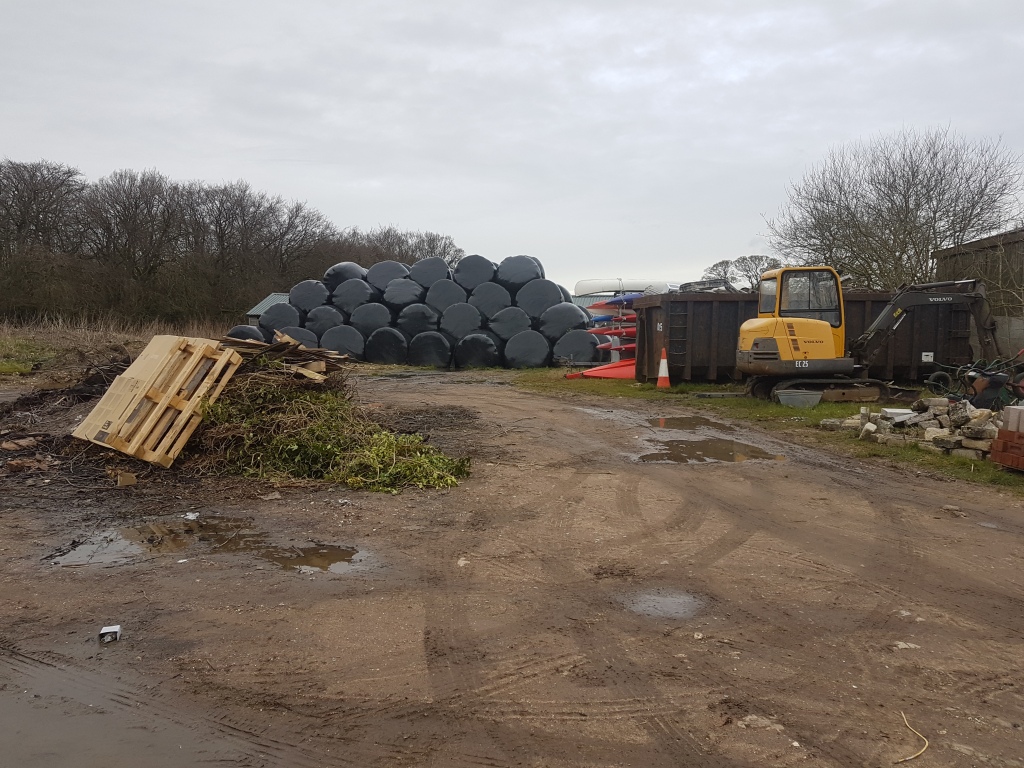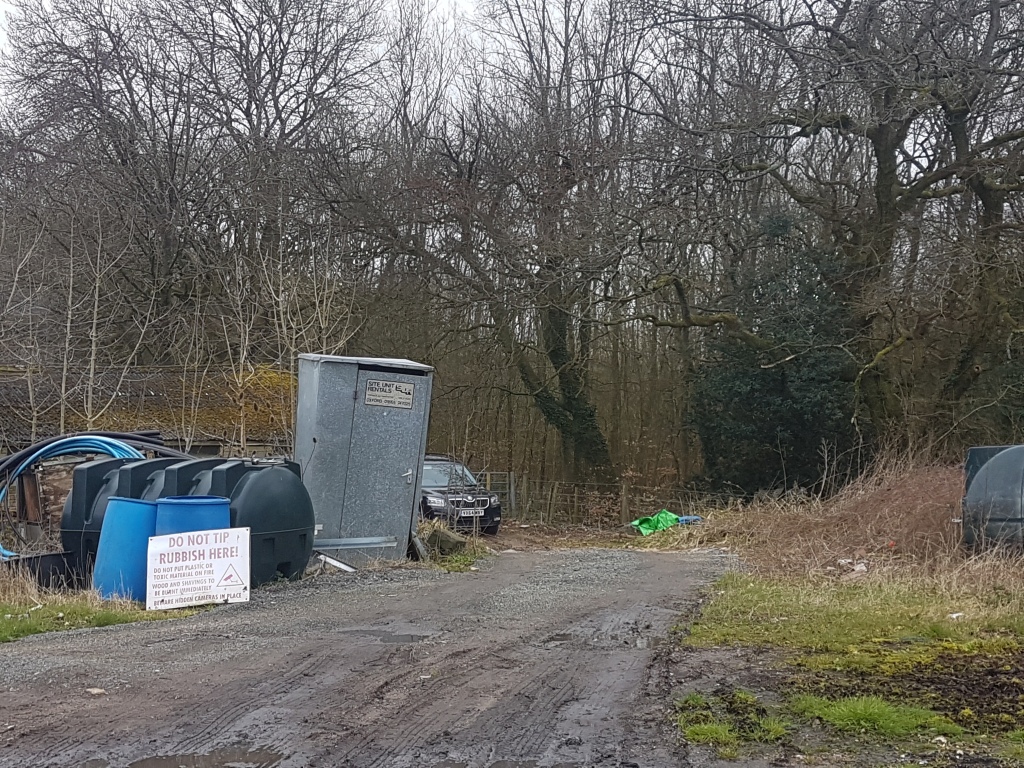It’s still March (2020). It’s BCSD1 as far as the blog is concerned (just). Loyal readers (all two of youwill notice that there is no time lapse video in this post. The management apologies for this omission – it was initially due to a memory lapse by the operator and then a shortage of critical equipment meant that this facility was temporarily unavailable.
It’s time to fit the centre board case. As they used to say on Blue Peter 2, it’s something I made up earlier – a hollow open sided rectangular box about 4 ft long x 2 ft high x 2 inches wide 5. The long top and bottom sides are open so I leave you to imagine how flexible the whole thing was.
The snag is the inside needed to be lined with glass fibre cloth and I could not work out how to do this after the box had been assembled, so I made it in two L shaped pieces – each consisting of a big side slab and a little end flap. Glass fibre cloth was epoxied in place on the inside surfaces of the L and then, once everything was fixed but not totally cured, the two L were married together. Thickened Epoxy was slathered over the inside of each end and a piece of glass fibre tape was lowered through the slot and pressed firmly into the goop. Not particularly pretty, but I hope effective.
Now back to fitting the slot into the hull.
I needed to climb into the hull. This would be the first time I’de attempted this feat. Would it take my weight? The hull has a 4 foot long slot in it where the centre board case will fit, between the left and right (oops, port and starboard) sides of the bottom plank (sorry, plank 1 7). So the bottom of the boat is quite bendy without the slot glued in place. Fortunately, the underlying trailer has a convenient transverse beam in the right place and there were a few pieces of 18 mm plywood lying around so a pair of supports were made to hold up the planks and there was a space for the centre board case to fit between them as it protruded through the hull.
I climbed gingerly into onto the hull – there were a few creaks and groans but no rending sounds so the first test was passed. The centre board was “offered up” and the slot was found to be slightly short. Easily fixed with a rasp.
But then the implications of this slot hit home – if it wasn’t lined up longitudinally and vertically true to the hull, the centreboard would be all wonky and she wouldn’t sail at all well.
Back to all that wearing alignment of the hull with the laser guide. I needed to use the camera mount to hold the laser level…(in this case for a vertical line).

This turned out to be quite simple and the case was soon lined up and tack glued into place.
The following day I mixed up lots of Epoxy, thickened it with filler, wetted the joints with un-thickend epoxy, soaked yards of woven glass fibre tape in un-thickened epoxy and glued the case in place with lovely filleted joints.
Phew.
Notes
1 Before Corona Shut Sown
2

Blue Peter 3
3 Not that Blue Peter (international code flag P). I mean the childrens programme on BBC TV (is it still being shown?) where the presenters made stuff using sticky backed plastic 4
4 I never got a badge
5 1.2 x 0.6 x 0.05 metres. 6
7. See nomenclature in a previous post “And a few steps back”
8 I’d left the laser display board at home and Samantha too 4
9 Apologies to I’m Sorry I haven’t Clue and the late Humphrey Littleton.






